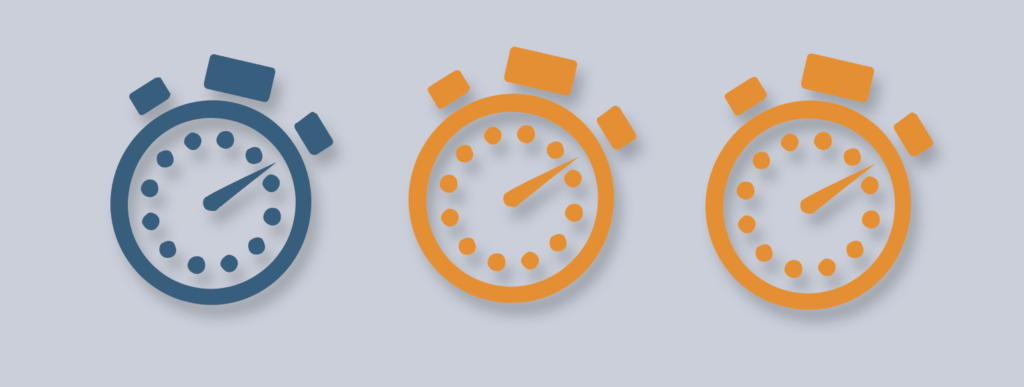This article is the tenth part of a 12-part series featuring snippets from my book, The Agile Secret.
- 1. Living in the VUCA World
- 2. The Freelance Revolution
- 3. The Digital Revolution
- 4. The Birth of Agile
- 5. Get It Done
- 6. Shipping Is The Metric
- 7. I Ride My Bike Tuesdays
- 8. Even Better If
- 9. Creating Cultures That Say: ‘Change It? Of Course!’
The most efficient method of conveying information to and within a team is face-to-face conversation.
An observation over many years of consulting is that our organisational meeting cultures broadly suck. Static, turgid, dry, long, ineffective, oversubscribed, undersubscribed, too fluid, too structured, repetitive. For some reason, when people get together, it can be hard to find the bullseye. The bullseye is easily defined by three variables:
- Right content
- Right process
- Right dynamic
I recently sat through our weekly half-hour sales meeting, which I myself was running, thinking, “Wrong content, wrong process, wrong dynamic.”
Ineffective face time is depressing. But worse, for some reason, we do it again and again. An ancient proverb I love says: “As a dog returns to its vomit, so a fool returns to their folly.” Despite the massive frustration with some meetings, we keep going.
During an earlier phase of my career, I felt honoured to be invited on to a committee in the motorcycle industry. Until I found it was a full day a month, in Coventry, with some really dull people. Eventually, I realized I could take my to-do list and use the meeting to get some proper work done. Because I had no idea how to make it more effective.

Our most recent sales meeting was different. It was fully planned.
This is what we achieved in 30 minutes:
- 2 mins: Informal welcome (“How was your weekend?”), with pastries. Appointed a timekeeper.
- 2 minutes: Energiser from one of the team.
- 3 minutes: Quiz. Six facts about our year/month on a flipchart covered with Post-its. Each person had to guess one fact. Feedback given if they got it wrong and should have known better.
- 15 minutes: Five team members talked through a poster
with their key monthly information on it. - 1 minute: Talking through two key live-data sets from
pre-tabbed web pages. - 5 minutes: Personal action planning on the 30 open projects
in our system. - 1 minute: Discussing in pairs how to have the most
effective week. - 1 minute: Providing a score out of ten on the meeting effectiveness using a pre-printed card.
And we all left buzzing. Everybody contributed at least three times. Everybody stood up at least once. Of course, you can’t keep this up for a day. But for our meeting, it was perfect.
When it comes to maximising group time it is important to carefully think about the best processes. Processes affect the people dynamic. Human beings are highly sensitive to group effects and constantly, often without realising, evaluate what is appropriate behaviour.

In our meeting, we used eight different meeting processes.
- We started with the human touch for relaxation and to demonstrate empathy.
- We had the energiser to get the blood flowing.
- The quiz was to fire us up.
- I provided the feedback to signal the need for accuracy in sales and financial matters.
- The pre-printed posters were a prop so that individuals could stand up and present their key facts. Movement energises people, gains commitment from the presenter and makes things real.
- The planning phase allowed us to focus and ensure we all had our actions clear.
- The paired discussion was to remind everyone of the support available from the team and to feel any challenges were listened to.
- And the evaluation was so I could know if it had worked, and improve where needed.
Try this
Take one meeting next week. Sit down. Work out how to run it so it is brilliant, vibrant, hilarious, focused … or whatever it should be.
Find the bullseye.
Keep working towards it.
Download The Agile Secret on Amazon Kindle here.
Next Week: ‘Think Like Jobs, Yeah?‘
